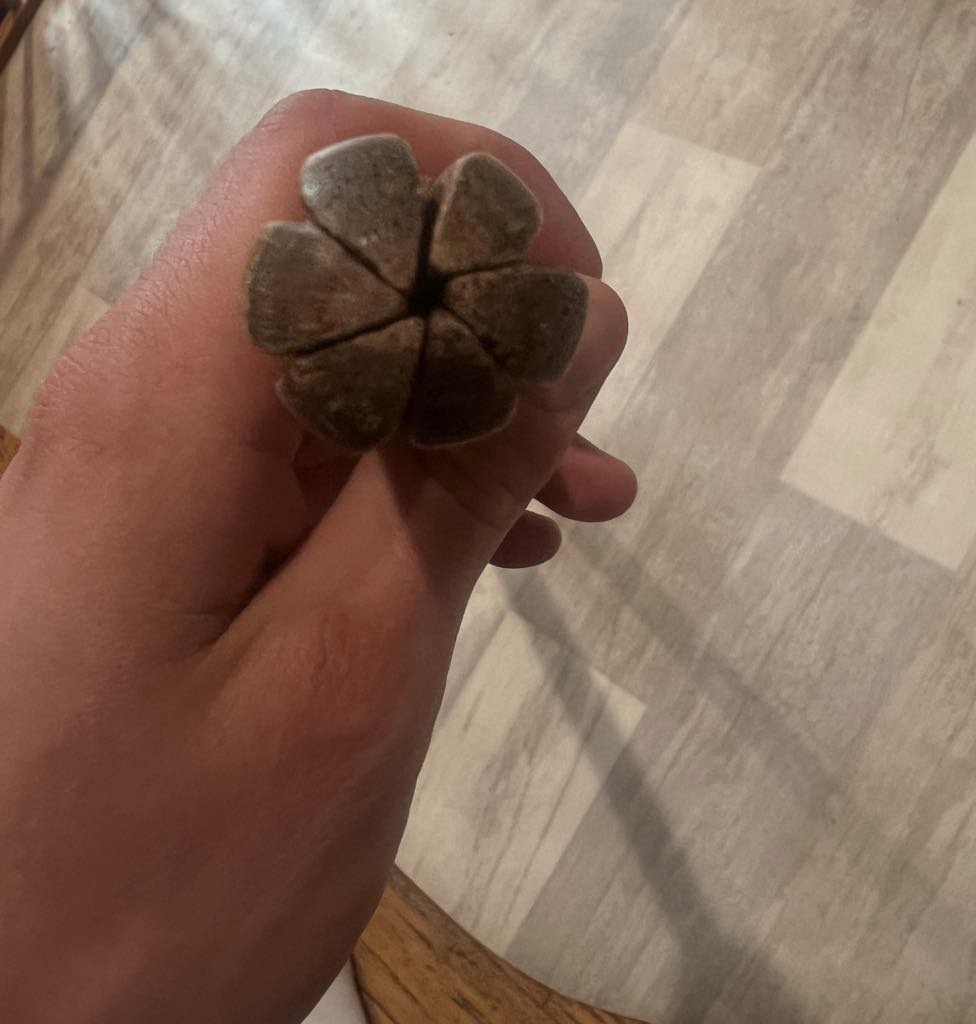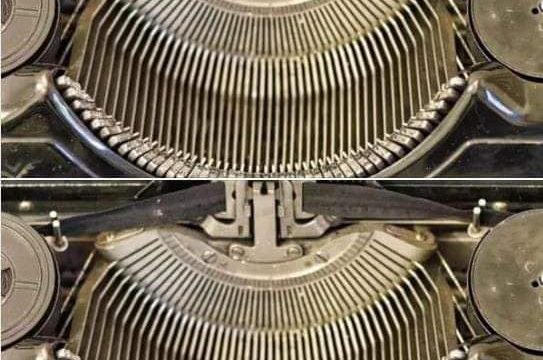
At first glance, this object appears quite ancient. Its base, unmistakably a handle, is secured with a simple rubber band for storage. None of us truly understand its function, and its mysterious origins have sparked much discussion. The item exudes an antique charm, with a handle that clearly shows signs of long use, worn smooth by the many hands that once gripped it. Although the rubber band efficiently holds its components together, it offers little explanation as to what the object was originally intended to do.
The handle itself is the most striking feature. Made from metal, wood, or perhaps a combination of both, its ergonomic design suggests it was meant to be held frequently and with ease. The craftsmanship speaks of an era when everyday objects were built to endure, not to be discarded after a short life. In those times, tools were carefully constructed with attention to detail, reflecting a commitment to quality and longevity.
In the absence of a clear answer regarding its purpose, we are left to speculate based on its design and wear. Our group has brainstormed several theories over time, each considering the practicality and historical context of the object. Below are some of the most plausible explanations we have considered:
-
Antique Kitchen Utensil: Many suspect this object was once a vintage cooking tool used for mixing, pressing, or grinding in the kitchen. Its ergonomic handle supports the idea of a hand mixer, butter churn handle, or pestle, reflecting the durability of past household tools.
-
Gardening Instrument: Another theory is that the handle was part of a gardening tool, attached to various heads for weeding, planting, or digging. Its sturdy, weathered design is consistent with tools built to endure outdoor use.
-
Sewing or Crafting Aid: Some propose that the handle was linked to needlework or handicrafts, perhaps as part of an antique spinning wheel, loom, or quilting frame that directed or tensioned materials.
-
Musical Instrument Component: The handle may have been part of a musical instrument, such as an organ pump, hand-cranked phonograph, or the bellows of an old wind instrument, aiding in sound production.
-
Workshop Tool: Finally, the handle might have come from a workshop or factory, serving as part of a larger tool for shaping, cutting, or assembling materials—a small but essential component in industrial processes.
To uncover the identity of this enigmatic object, several approaches can be taken. First, research and expert opinions from historians, antique dealers, and specialists in culinary arts, gardening, or music might offer valuable insights. Second, consulting old catalogs, handbooks, and books on historical tools can provide visual comparisons that match our object. Third, sharing clear images and descriptions on social media and online antique forums can draw input from a wide audience. Finally, visiting museums and historical collections may reveal similar artifacts, offering further context.
Historical artifacts like this ancient handle not only spark our curiosity but also offer invaluable insights into the daily lives and ingenuity of those who came before us. Such objects remind us that even seemingly mundane tools were crafted with skill and purpose. They reveal the evolution of design and functionality over the centuries and provide tangible connections to eras when sustainability and durability were paramount. By studying these relics, we gain a deeper appreciation for the resourcefulness and creativity that shaped historical societies. Each artifact has a story to tell—a narrative of innovation, adaptation, and cultural significance that transcends time. The process of exploring these mysteries enriches our understanding of the past and inspires us to value the craftsmanship that modern society often overlooks.
Although its exact function remains unclear, the quest to understand this handle is both intriguing and fulfilling. It connects us to the work and creativity of earlier generations, reminding us that even ordinary objects once held great significance. Every discussion deepens our appreciation for the practical artistry of the past.
In essence, this mysterious artifact is a tangible link to history and a tribute to our ancestors’ resourcefulness. Whether or not we determine its precise use, the simple handle bound by a rubber band reminds us that every tool once played an essential role. Investigating its origins honors the enduring legacy of past craftsmanship.
This enduring mystery invites further exploration and serves as a shining beacon of genuine historical curiosity.





